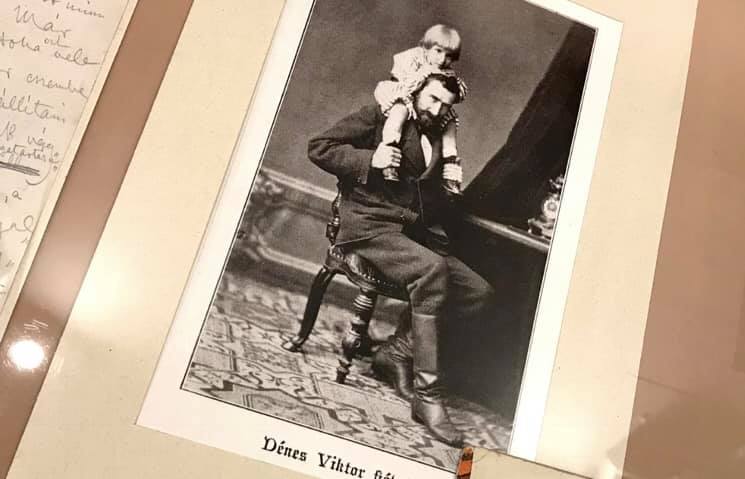
The Széchényi family is one of the most famous historical Hungarian families. The heritage and history of them go back centuries. They always dedicated their lives to the enrichment of their homeland and vocation. In our series, we present the most prominent representatives of the Széchényi family.
Dénes Széchenyi, Count of Sárvár and Upperland, is a member of the Main Order House, a sports rider.
Born: November 28, 1828, Horpács
Died September 28, 1892
Parents: Lajos Széchényi
Grandparent: Ferenc Széchényi
Uncle: István Széchenyi
Grandparent: Zsigmond Széchényi
Even as a child, Dénes Széchényi had the most beautiful activity of his teeth was horse riding and driving. Dénes Széchényi, Son of Lajos Széchényi and Franciska Wurmbrand, younger brother of Imre Széchényi, nephew of István Széchenyi. Through his father's role as chief court, they have been around a lot in the imperial court, he was also a good relationship with the brothers of the later Franz Joseph and the later ruler. His attraction to horses, to drive gear, came early. He was a lawyer also a soldier in his youth and took part in the War of Independence at the age of 21, and disbanded as a reserve hussar lieutenant. His uncle, István Széchenyi, wrote this, to his parents:
“I want to convince you that you could be proud of Dénes, I envy you to have such a son. He will only bring joy and glory to his homeland and to you! He wants to enter as a private, even though I could enter as a lieutenant. "He lives with us, and feels as if we had our own child."
He was constantly active in public affairs, although he did not take office. He was an excellent farmer and a great sportsman, an exceptionally talented horse rider and charioteer. Throughout his life, he was passionate about training and training horses. He also had an extraordinary sense of humour and outstanding drawing talent, and his drawings are primarily equestrian-themed. He lived a happy, loving family life with his wife, Count Marietta Hoyos (1838–1926), first in the castle of Sopronhorpács and then in Somogyvár. Their sons name: Géza, Lajos, Imre, Viktor. His happiness was overshadowed only by his illness: at the age of 33, he was struck by severe low back pain, which remained mildly or more strongly throughout his life, after which he could barely sit on a horse.

A képen Széchenyi Dénes szerepel fiával, Viktorral - Dénes Széchenyi with his son, Viktor
Dénes Széchényi renewed the horse riding education itself. He started with his own children and then taught the children of his friends in the public riding school in Bratislava, with whom he also organized extremely spectacular equestrian shows. It all had such an echo that he was asked to write down his method in a book as well. In 1871, his book “Additives to the Teaching of Riding” / Beitrag zum Reitunterricht was published in Hungarian in Pest, presenting epoch-making innovations. In 1872, the same work was printed in German in Vienna. With two novelties described in his book, he amazed the equestrian culture of the time. One of them was the technique, how to be more confident during the riding by moving the ball in a circle on the treadmill and later on the don’t use the bridle to hold on. The other is that you not lean back over the obstacle - as you have been taught until then - but forward. The method he developed for training horses was also a novelty. The Italian Ambassador to Vienna sent his book to Federico Caprilli, who laid a new foundation in equestrian jumping by following the movement of the jumping horse with his upper body. It has been proven that by reading this book, Caprilli has developed a new style that brings renewal to the sport of jumping.
Dénes Széchényi invented the so-called Széchényi stem, used among gear drives. It was a drive shank with which the cross-arms could be adjusted, and the drive was able to control the horses independently by inserting this new shank.
In 1872, at his suggestion, they founded the “Society for the Reward of Well-Trained Utility Horses,” and held the world’s first showjumping competition, one of the milestones of the start of modern equestrian sports.